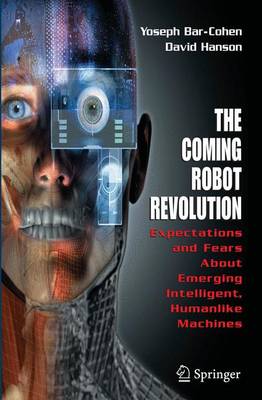Making a robot that looks and behaves like a human being has been the subject of many popular science fiction movies and books. Although the development of such a robot facesmanychallenges,themakingofavirtualhumanhaslongbeenpotentiallypossible. With recent advances in various key technologies related to hardware and software, the making of humanlike robots is increasingly becoming an engineering reality. Development of the required hardware that can perform humanlike functions in a lifelike manner has benefitted greatly from development in such technologies as biologically inspired materials, artificial intelligence, artificial vision, and many others. Producing a humanlike robot that makes body and facial expressions, communicates verbally using extensive vocabulary, and interprets speech with high accuracy is ext- mely complicated to engineer. Advances in voice recognition and speech synthesis are increasingly improving communication capabilities. In our daily life we encounter such innovations when we call the telephone operators of most companies today. As robotics technology continues to improve we are approaching the point where, on seeing such a robot, we will respond with ‘‘Wow, this robot looks unbelievably real!’’ just like the reaction to an artificial flower. The accelerating pace of advances in related fields suggests that the emergence of humanlike robots that become part of our daily life seems to be imminent. These robots are expected to raise ethical concerns and may also raise many complex questions related to their interaction with humans.
- ISBN13 9780387853482
- Publish Date 27 February 2009 (first published 1 January 2009)
- Publish Status Active
- Publish Country US
- Imprint Springer-Verlag New York Inc.
- Edition 2009 ed.
- Format Hardcover
- Pages 173
- Language English
